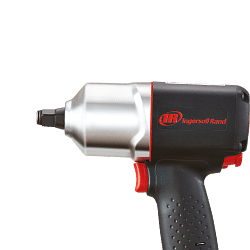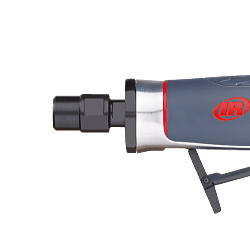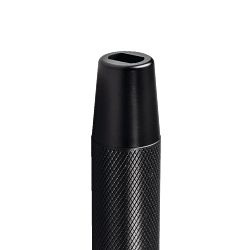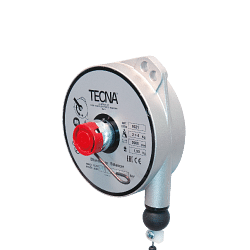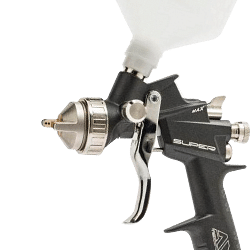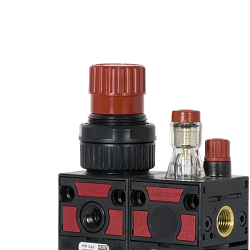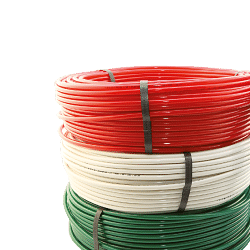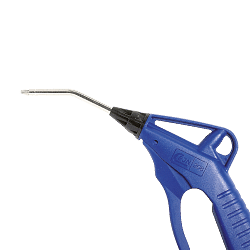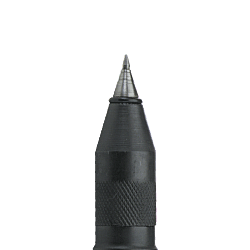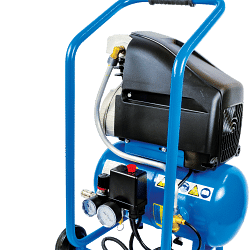Register and use the discount code NEWWELCOME to get 10% off on your first purchase. GET DISCOUNT.
Register and use the discount code NEWWELCOME to get 10% off on your first purchase. GET DISCOUNT.
Register and use the discount code NEWWELCOME to get 10% off on your first purchase. GET DISCOUNT.
Free shipping in 24h from 200€
Catalogues
Customer service
How can we help you?
- Faq
- Customer service
02.927371
- Supporting big orders
02.38298620
-
info@linkindustrialtools.it
- Request assistance with form
Or contact us with the chat in the lower right corner
- All products
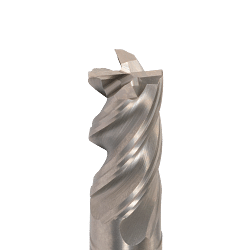 Integral cutting tools
Integral cutting tools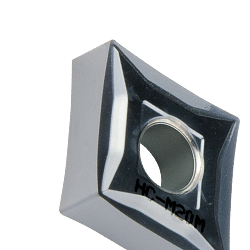 Turning tools
Turning tools Thread tools
Thread tools Thread tools
Thread tools- All products
- Thread inserts
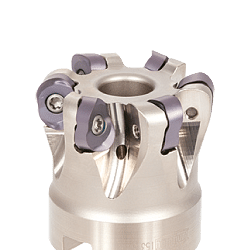 Milling cutters
Milling cutters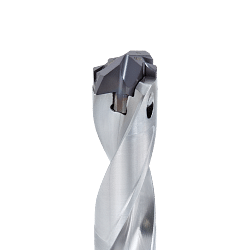 Drilling tools
Drilling tools Drilling tools
Drilling tools- All products
- Indexable drill bits
- Indexable drill heads
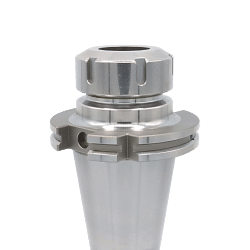 Clamping systems
Clamping systems Measuring and precision tools
Measuring and precision tools Measuring and precision tools
Measuring and precision tools- All products
- Digital calipers with readings to 0.01
- Analogue calipers
- Digital micrometers
- Analogue micrometers
- Bore gauges
- Snap gauges
- Digital gauges
- Analogue gauges
- Touch probes
- Zero setters and edge finders
- Inspection plates
- Altimeters
- Height gauges
- Squares and levels
- Threaded rings
- Gauge blocks
- Calibrated tapes and thickness gauges
- Digital and analogue hardness testers
- Roughness testers
- Microscopes, lenses and visors
- Digital thermo-hygrometer to measure moisture
- Reset benches
- Optical profile projector
- Professional, digital dynamometers
- Laboratory scales
- Digital amperometric pliers
- Thickness and adhesion gauges
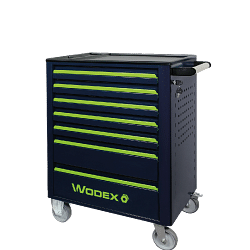 Hand tools
Hand tools Hand tools
Hand tools- All products
- Combination wrenches
- Spanners
- Hook wrenches
- Tubular wrenches
- Hexagon keys
- Torx wrench
- Socket wrenches
- Screwdrivers
- Torque wrenches
- Torque screwdriver
- Inserts and bits for screw drivers
- Tool trolleys
- Workshop pliers
- Wire strippers
- Cable strippers
- Cutting nippers
- Professional scissors
- Nippers
- Professional shears
- American or Swedish pipe wrench
- Adjustable wrench
- Pipe tools
- Pipe cutter for plumber
- Cutter
- Hacksaws
- Deburring tools
- Chisels
- Hammers and mallets
- Mechanical and conical pullers
- Clamps
- Tap wrenches and die stocks
- Riveters
- Flexometers
- Tape measures
- Markers
- Flat squares and rulers
- Professional dividers
- Professional protractors
- Brushes
- Lubricators and spray nozzles
- T-wrenches
- Reversible ratchets
 Abrasives
Abrasives Abrasives
Abrasives- All products
- Cutting discs
- Deburring grinding wheel
- Flap discs
- Fabric discs for surface treatment
- Abrasive fibre discs with Velcro
- Abrasive cloth in rolls, sheets and bands
- Flap wheels with pin and abrasive wheel with hole
- Abrasive wheels for buffing machines
- Abrasive spiral bands
- Abrasive brushes
- Flexible sanders
- Mounted grinding discs
- Polishing felt
- Solid carbide rotary cutters
- HSS rotary cutters
- Abrasive wheels for sharpening and grinding
- Diamond grinding wheels
- Grinding stone
- Diamond paste
- Abrasive stones
- Files and rasps
- Diamond files
- Grinders and polishing equipment
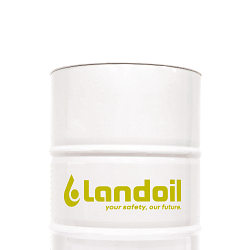 Lubricants for machine tools
Lubricants for machine tools Lubricants for machine tools
Lubricants for machine tools- All products
- Water-miscible coolants
- Neat cutting oil
- Minimal lubrication systems
- Oil for guides and slides
- Drums of hydraulic oil fluid
- Anti-freeze for machine tools
- Air coolers
- Oil separator
- Powders and absorbents for oil
- Aspirators for oil mist
- Accessories for cooling lubricants
- Metal and mould protectors
- Grease and paste
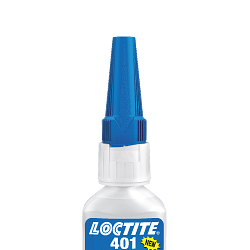 Chemical, adhesives and sealants
Chemical, adhesives and sealants Chemical, adhesives and sealants
Chemical, adhesives and sealants- All products
- Acrylic, cyanoacrylate and epoxy adhesives
- Guns and silicon sealant
- Threadlocker
- Sealants and retainers
- Release agents, lubricants and anti-seize
- Zinc spray and polishes
- Lubrication accessories
- Protections for maintenance
- Industrial Cleansing
- Handwash
- Industrial cloths and rags
- Welding machines
- Electrodes
- Clamps, shields and welding masks
- Antispatter
 Safety equipment
Safety equipment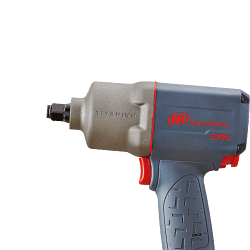 Pneumatics
Pneumatics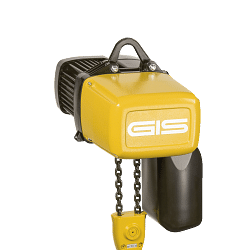 Lifting systems
Lifting systems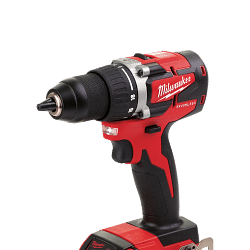 Workshop equipment
Workshop equipment Workshop equipment
Workshop equipment- All products
- Column and bench drills
- Accessories for lathes
- Band saws
- Cut-off machines
- Bench grinders
- Power tools
- Spare parts and accessories for Power Tools
- Saws and hole cutters: wood, metal and plasterboard
- Tapered cutters for sheet metal
- Industrial aspirators
- Fume aspirators
- Bench vices
- Technical lamps
- LED torches
- Industrial cable winders
- Trolley wheels
- Quick clamps
- Threaded inserts
- Control knobs
- Packaging accessories and material
- Belt sanders
- Electric tapping machines
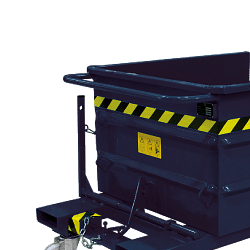 Furnishings and storage
Furnishings and storage Furnishings and storage
Furnishings and storage- All products
- Work benches
- Swivel chairs for office use
- Drawer units for workshops
- Industrial cabinets for warehouses and workshops
- Tool cabinets
- Security cabinets
- Changing room cabinets
- Containers for small metal parts
- Scrap holders
- Workshop trolleys
- Spill pallets for drum storage
- Shelves for warehouses and offices
- Cantilever shelving
- Aluminium ladders
- Modular plinths
- Units and cabinets for waste recycling
 Brand
BrandPromotions
 Bestseller
Bestseller- Catalogues
-
Catalogues
Customer service
How can we help you?
- Faq
- Customer service
02.927371
- Supporting big orders
02.38298620
-
info@linkindustrialtools.it
- Request assistance with form
Or contact us with the chat in the lower right corner
< Pneumatics
- Home
- Pneumatics
- Pipes and fittings
Pipes and fittings
In the world of machine shops, choosing the right components is crucial to ensure efficiency and safety in production processes. Among these components, hoses, couplings and fittings play a crucial role. These often underestimated elements are essential for the proper functioning of plant and machinery, ensuring the safe and reliable transport of fluids and gases. In this in-depth look, we will explore in detail what hoses, couplings and fittings are, what they are used for, how they are used and what benefits they offer, also answering frequently asked questions about these components.
Understanding pipes: types and applications
Pipes are cylindrical elements used to transport fluids, gases and sometimes solids in the form of powder or granules. They are available in a wide range of materials, including steel, copper, plastic and rubber, each offering specific mechanical and chemical properties. The choice of material depends on the specific application and operating conditions, such as temperature, pressure and type of fluid being transported.
In machine shops, steel hoses are particularly appreciated for their resistance to pressure and corrosion, making them ideal for high pressure and high temperature applications. Plastic pipes, on the other hand, are lightweight and resistant to chemical corrosion, making them suitable for transporting corrosive fluids or in wet environments.
Couplings: the essential connection
Couplings are components that connect hoses to each other or to other system elements, such as valves and pumps. There are different types of couplings, including threaded, compression, flange and welded. The choice of coupling type depends on the specific needs of the application, such as the need for frequent disassembly or resistance to high pressures.
Threaded couplings are common in applications requiring frequent assembly and disassembly due to their ease of installation. Flange couplings, on the other hand, offer a robust connection and are ideal for high-pressure applications. Weld-on couplings, finally, provide a permanent and leak-proof connection, which is essential in critical applications.
Fittings: versatility and adaptability
Fittings are components that make it possible to join pipes of different sizes or materials, or to divert the flow in a specific direction. They are available in various forms, such as elbows, tees, reducers and crosses, each of which offers a specific solution for the system's needs.
Elbows, for example, allow the direction of flow to be changed, while tees allow the flow to be split into two directions. Reducers are used to connect pipes of different diameters, ensuring a smooth and leak-free transition. Choosing the right fitting is crucial to ensure system efficiency and prevent leaks or malfunctions.
Benefits of using quality hoses, couplings and fittings
The use of high-quality hoses, couplings and fittings offers numerous benefits, including longer system life, reduced maintenance costs and increased operational safety. High-quality components are designed to withstand extreme operating conditions, reducing the risk of failures and leaks.
In addition, the use of quality components improves the energy efficiency of the system, reducing pressure losses and ensuring a constant and uniform flow. This translates into energy cost savings and reduced environmental impact.
Frequently asked questions about pipes, couplings and fittings
1. What is the difference between a threaded coupling and a compression coupling?
Threaded couplings use threads to create a connection, while compression couplings use a compression ring to seal the connection. Threaded couplings are easier to install and remove, while compression couplings offer a more secure and watertight connection.
2. How to choose the right hose material?
The choice of material depends on the operating conditions, such as temperature, pressure and type of fluid being transported. Steel is ideal for high pressure and high temperature applications, while plastic is suitable for corrosive fluids or wet environments.
3. What are the advantages of weld fittings?
Welded fittings offer a permanent, watertight connection, which is essential in critical applications. They are ideal for systems that require high resistance to extreme pressures and temperatures.
4. How to prevent leaks in piping systems?
To prevent leaks, it is important to use high-quality components and ensure that they are installed correctly. In addition, it is essential to carry out regular maintenance checks to detect and solve any problems before they become critical.
5. What are the common applications of steel pipes?
Steel pipes are commonly used in high-pressure applications such as refinery plants, power plants and gas distribution systems. Their resistance to corrosion also makes them ideal for marine and industrial environments.
In conclusion, pipes, couplings and fittings are essential components for the efficient and safe operation of machine shops. Choosing the right components, in terms of material and type, is crucial to ensure the durability and reliability of the system. Investing in high-quality components not only improves system performance, but also reduces maintenance costs and increases operational safety.
Read More Read LessUnderstanding pipes: types and applications
Pipes are cylindrical elements used to transport fluids, gases and sometimes solids in the form of powder or granules. They are available in a wide range of materials, including steel, copper, plastic and rubber, each offering specific mechanical and chemical properties. The choice of material depends on the specific application and operating conditions, such as temperature, pressure and type of fluid being transported.
In machine shops, steel hoses are particularly appreciated for their resistance to pressure and corrosion, making them ideal for high pressure and high temperature applications. Plastic pipes, on the other hand, are lightweight and resistant to chemical corrosion, making them suitable for transporting corrosive fluids or in wet environments.
Couplings: the essential connection
Couplings are components that connect hoses to each other or to other system elements, such as valves and pumps. There are different types of couplings, including threaded, compression, flange and welded. The choice of coupling type depends on the specific needs of the application, such as the need for frequent disassembly or resistance to high pressures.
Threaded couplings are common in applications requiring frequent assembly and disassembly due to their ease of installation. Flange couplings, on the other hand, offer a robust connection and are ideal for high-pressure applications. Weld-on couplings, finally, provide a permanent and leak-proof connection, which is essential in critical applications.
Fittings: versatility and adaptability
Fittings are components that make it possible to join pipes of different sizes or materials, or to divert the flow in a specific direction. They are available in various forms, such as elbows, tees, reducers and crosses, each of which offers a specific solution for the system's needs.
Elbows, for example, allow the direction of flow to be changed, while tees allow the flow to be split into two directions. Reducers are used to connect pipes of different diameters, ensuring a smooth and leak-free transition. Choosing the right fitting is crucial to ensure system efficiency and prevent leaks or malfunctions.
Benefits of using quality hoses, couplings and fittings
The use of high-quality hoses, couplings and fittings offers numerous benefits, including longer system life, reduced maintenance costs and increased operational safety. High-quality components are designed to withstand extreme operating conditions, reducing the risk of failures and leaks.
In addition, the use of quality components improves the energy efficiency of the system, reducing pressure losses and ensuring a constant and uniform flow. This translates into energy cost savings and reduced environmental impact.
Frequently asked questions about pipes, couplings and fittings
1. What is the difference between a threaded coupling and a compression coupling?
Threaded couplings use threads to create a connection, while compression couplings use a compression ring to seal the connection. Threaded couplings are easier to install and remove, while compression couplings offer a more secure and watertight connection.
2. How to choose the right hose material?
The choice of material depends on the operating conditions, such as temperature, pressure and type of fluid being transported. Steel is ideal for high pressure and high temperature applications, while plastic is suitable for corrosive fluids or wet environments.
3. What are the advantages of weld fittings?
Welded fittings offer a permanent, watertight connection, which is essential in critical applications. They are ideal for systems that require high resistance to extreme pressures and temperatures.
4. How to prevent leaks in piping systems?
To prevent leaks, it is important to use high-quality components and ensure that they are installed correctly. In addition, it is essential to carry out regular maintenance checks to detect and solve any problems before they become critical.
5. What are the common applications of steel pipes?
Steel pipes are commonly used in high-pressure applications such as refinery plants, power plants and gas distribution systems. Their resistance to corrosion also makes them ideal for marine and industrial environments.
In conclusion, pipes, couplings and fittings are essential components for the efficient and safe operation of machine shops. Choosing the right components, in terms of material and type, is crucial to ensure the durability and reliability of the system. Investing in high-quality components not only improves system performance, but also reduces maintenance costs and increases operational safety.


